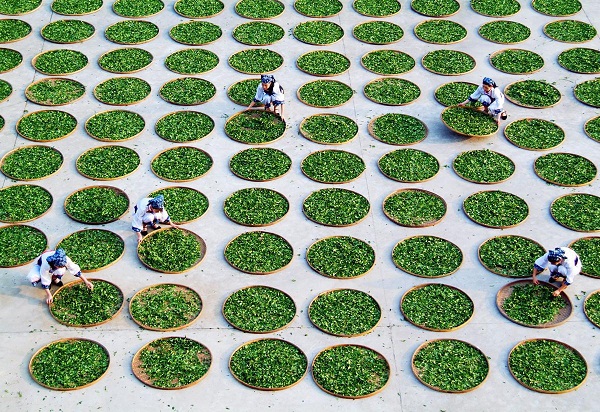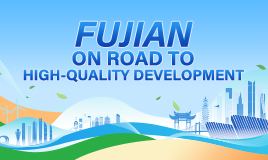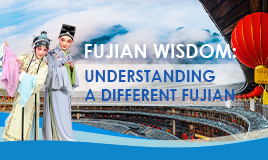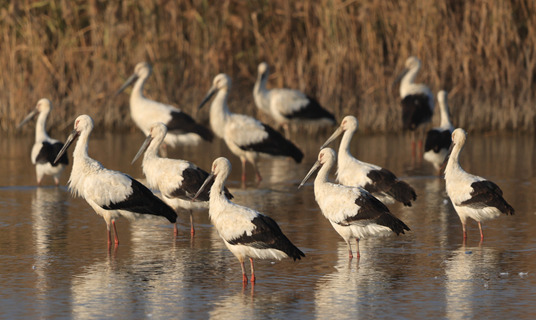Anxi tea production added to UN list

Tea farmers dry tea under sunshine in Anxi, Fujian province. [Provided to chinadaily.com.cn]
A tea production system in Anxi, East China's Fujian province was listed among the Globally Important Agricultural Heritage Systems by the Food and Agriculture Organization of the United Nations on Friday.
Two other systems in China were named - a grassland nomadic system in the Inner Mongolia autonomous region and a dry-stone terrace system in Hebei province.
Anxi in southeast Fujian has a tea production history of over 1,000 years. It is home to tieguanying tea, a type of Oolong tea.
The core of the system is located in the towns of Lutian, Xiping and Huqiu, on the upper banks of the Lanxi River.
The system covers a comprehensive process of selection, cultivation, pest control, garden management, picking and other cultural practices.
Anxi has unique tea planting and roasting techniques. Farmers have adopted methods including planting tea trees among other trees, interplanting green manure and leaving grass on the terrace walls.
The roasting procedures are time-consuming, with 10 steps and 36 hours required, giving the leaves a unique orchid fragrance.
During the Song Dynasty (960-1279) , tea from Anxi was exported through the maritime Silk Road from Quanzhou, another city in Fujian province.
Now, tea is embedded into the everyday lives of people in Anxi in myriad ways, including an annual tea competition.




